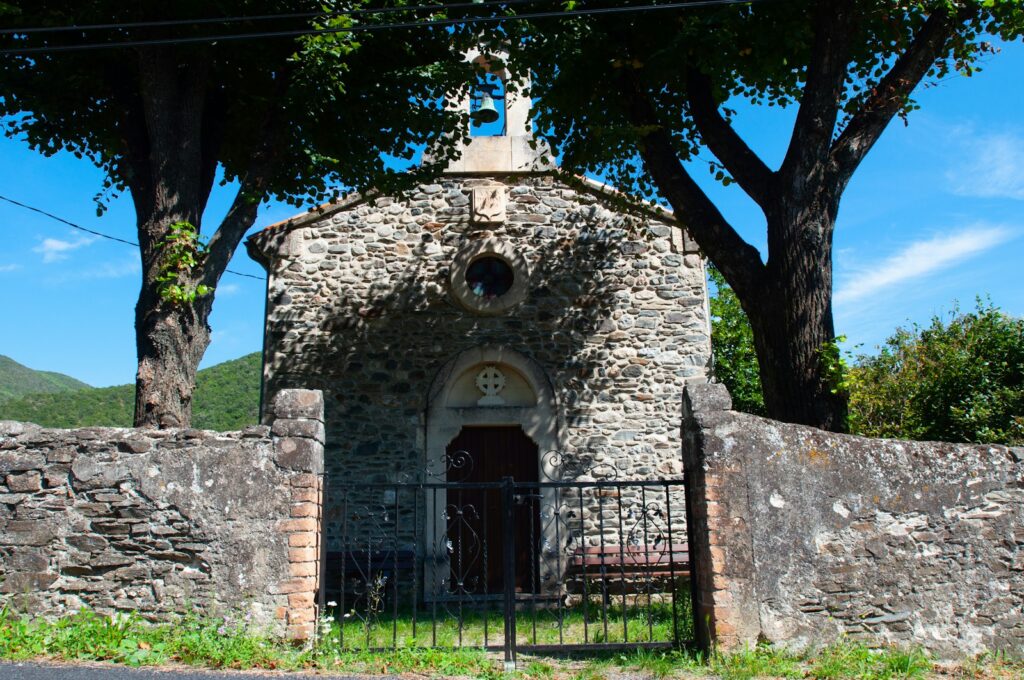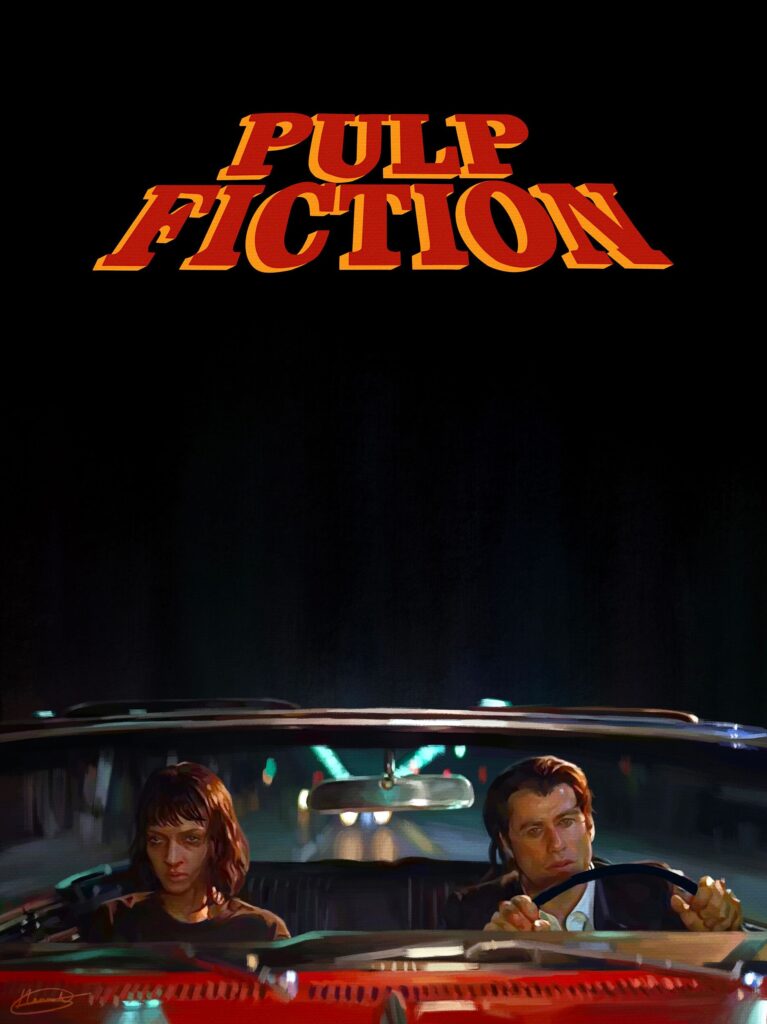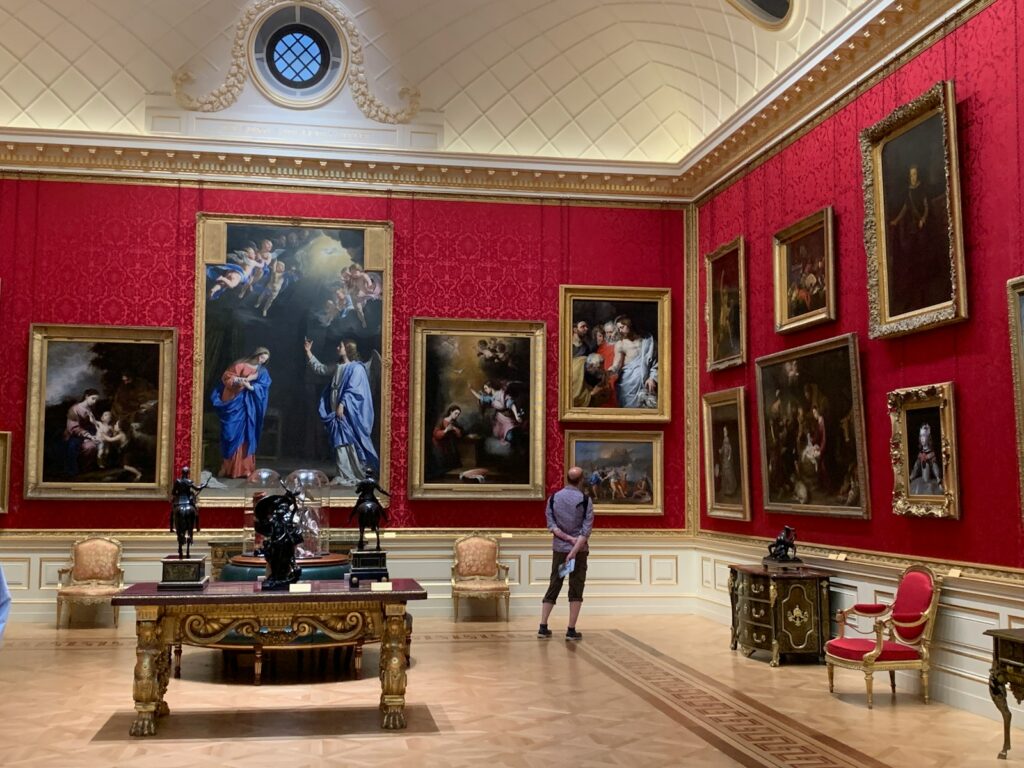
Art heists are not just about money; they’re about mystery, ambition, and pure audacity. These captivating crimes, more like movie plots, see priceless masterpieces vanish, leaving unanswered questions, bewildered authorities, and a collective sense of cultural loss. It’s a drama that continuously fuels our imagination.
While some stolen art miraculously finds its way back, many remain unrecovered, fueling endless speculation. Is it possible governments stage heists for preservation, or are we often seeing high-quality replicas? Or perhaps, master crooks truly nab valuable masterpieces, making us ponder conspiracy versus marvelous thievery. You decide.
As senior media editors, we understand the public’s enduring fascination. So, prepare to delve into some of the most mind-boggling art heists in history. Here, stakes were astronomically high, thieves incredibly bold, and endings often defied expectations, promising a journey filled with cunning, unparalleled treasures, and the quest to bring them back.

1. **The Isabella Stewart Gardner Museum Heist**This isn’t just an art theft; it’s a legend. On March 18, 1990, thieves, boldly dressed as Boston Police officers, pulled off what is now the largest art theft in history. Posing as responders, they infiltrated the Isabella Stewart Gardner Museum, bypassing security with chilling ease. Their audacity set the stage for a baffling unsolved mystery.
Once inside, the two crooks made off with a staggering 13 pieces of art, collectively valued at a colossal $500 million. Among the treasures snatched were Rembrandt Van Rijn’s *Storm of the Sea of Galilee* ($3.4 million) and Johannes Vermeer’s *The Concert* ($200 million). These losses left an immense cultural and financial void in the museum’s collection.
The FBI announced in 2013 they had discovered the thieves’ identities, offering a glimmer of hope. Yet, no progress has been reported, and the whereabouts of these priceless artworks remain one of the art world’s most agonizing unsolved mysteries. The Gardner Museum heist stands as a stark reminder of vulnerability.
Speculation runs wild, covering organized crime involvement or underworld collateral. This enduring enigma symbolizes ambition, mystery, and the sheer audacity of those who steal from the heart of culture, leaving a permanent gap in our shared heritage.
2. **The Musée d’Art Moderne de la Ville de Paris Heist**Dubbed the “Spider-Man” theft and the “heist of the century,” the events of May 20, 2010, at the Musée d’Art Moderne in Paris sound like a movie script. In the early morning, a lone thief broke through a window, demonstrating supernatural agility and confidence. This was the work of an expert.
The thief expertly took down five masterpieces, a collection reading like a who’s who of modern art. Included were Pablo Picasso’s *Le Pigeon Aux Petits Pois* (over $30 million), and iconic works by Matisse, Braque, Leger, and Modigliani. The total estimated value of the stolen art was a staggering $140 million.
The museum’s security system reportedly failed to register the break-in for hours, giving the thief ample time to vanish. This underscored critical vulnerabilities. A year later, the suspect was nabbed, but in a heartbreaking twist, he swore he threw the masterpieces away, claiming panic.
While many find his alibi hard to believe, all five artworks are still missing. This loss is profound, not just financially, but culturally. The “Spider-Man” heist remains a haunting example of how easily priceless art can be lost forever, compelling us to question motivations.

3. **The Sacking of Czartoryski Museum**Not a traditional heist, but a devastating cultural loss: the systematic confiscation of artworks by Nazi officials from the Czartoryski Museum in Krakow, Poland, in 1939. This organized looting during Germany’s invasion was an act of cultural annihilation, stripping nations of their heritage.
Among the countless pieces taken was Raphael’s *Portrait of a Young Man*, believed to be a self-portrait, finished between 1513 and 1514. Its disappearance was a profound tragedy, robbing the world of a pivotal work by one of the Renaissance’s greatest masters. Today, its value would easily exceed $100 million, making its loss immeasurable.
After the war, hope flickered for many looted artworks, but Raphael’s portrait vanished. Though briefly held at Wawel Castle, its trail went cold, disappearing into the annals of wartime plundering. The lingering absence serves as a poignant memorial to the countless treasures lost during conflict, a somber reflection on war’s true cost.

4. **The Mahmoud Khalil Museum Heist**Vincent Van Gogh’s *Poppy Flowers* has a tragically intriguing story, marked by two daring thefts from the Mahmoud Khalil Museum in Cairo, Egypt. This painting is uniquely significant as one of the artist’s last creations before his suicide in 1889, imbuing the canvas with a pathos beyond its brushstrokes.
The first theft in 1978 saw its recovery in Kuwait by 1980. This offered momentary relief, but the painting was destined to be a target again. In 2010, thieves once more entered the museum, taking just this single painting with chilling precision. Its $55 million value suggested a highly specific commission or deep knowledge of its worth.
Despite a huge $200,000 reward, *Poppy Flowers* remains missing. Its second disappearance is a profound cultural and financial loss, its significance as a final whisper from Van Gogh making its absence all the more poignant. This raises uncomfortable questions about museum security.
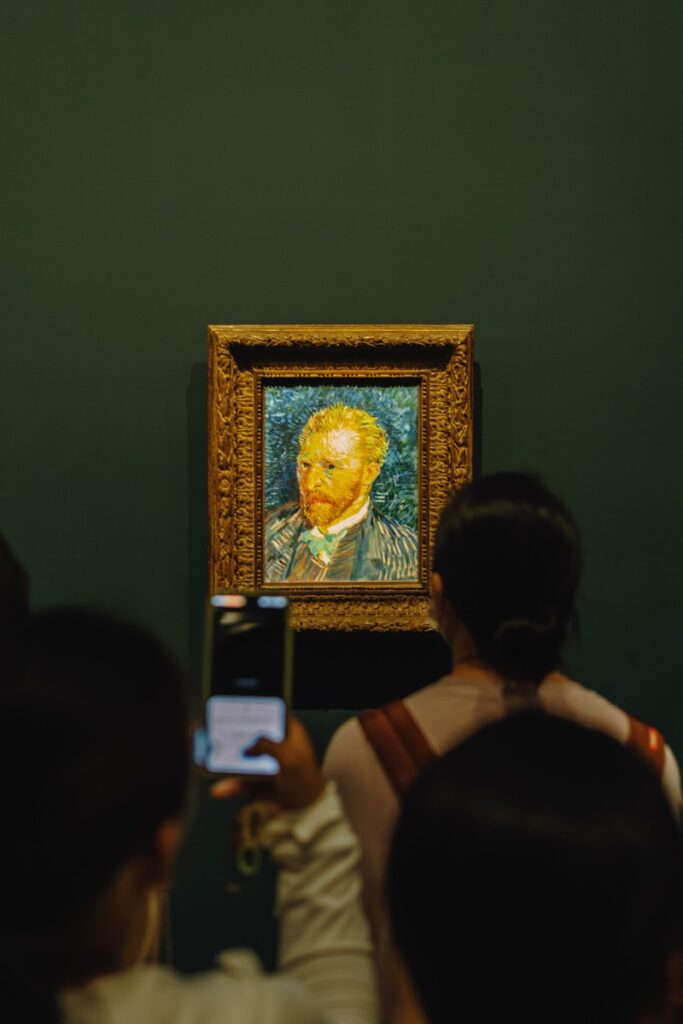
5. **The Van Gogh Museum Heist (2002)**The Van Gogh Museum in Amsterdam, housing the world’s largest collection, became an irresistible prize on December 7, 2002. In the early hours, two master thieves executed a daring break-in. They scaled walls with a rope ladder, entered through the roof, and smashed a window, displaying meticulous planning and audacity.
The operation took minutes. An alarm sounded, but with the museum closed, there was no immediate response. They snatched *View of the Sea at Scheveningen* (1882), a rare seascape, and *Congregation Leaving the Reformed Church in Nuenen* (1884–85), a sentimental work depicting his father’s church. These two paintings were valued at $30 million.
For 14 agonizing years, the artworks were lost, circulating in the underground market. The thieves were caught in 2004, but the paintings remained elusive. Then, remarkably in 2016, an investigation into the Neapolitan mafia led Italian authorities to a hidden cache in a farmhouse near Naples.
There, the two Van Goghs were discovered, carefully wrapped but frameless. While exact masterminds were never fully identified, an arrested suspect tipped police off. Despite long absence, the artworks were in good condition, a triumph for art recovery efforts, a testament to resilience and hope.
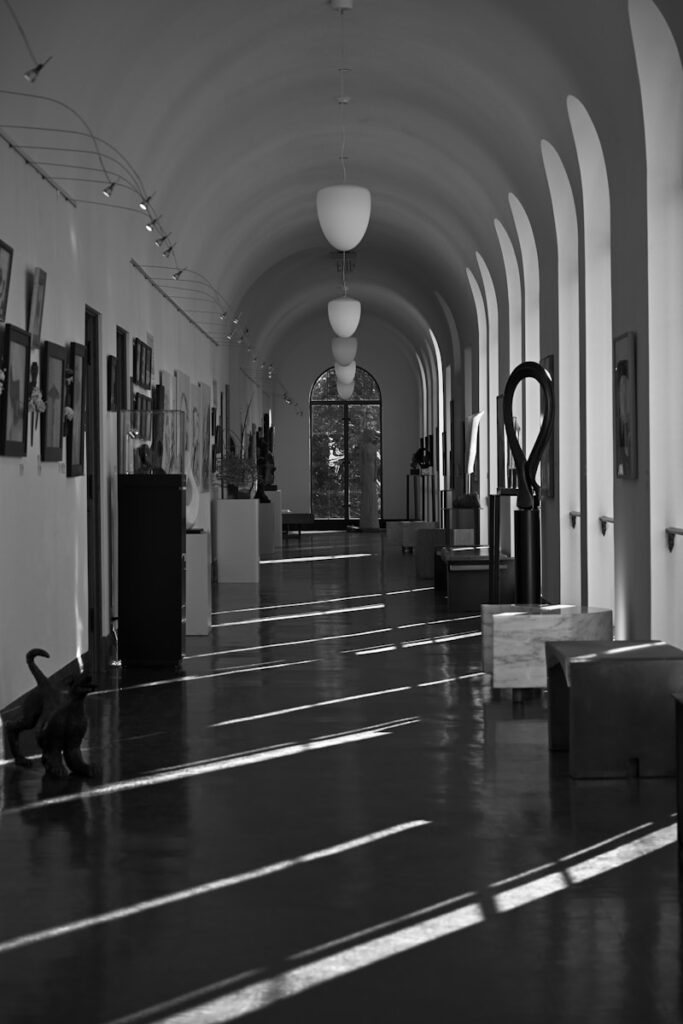
6. **The Kunsthal Museum Heist**The Kunsthal Museum in Rotterdam witnessed a bizarre and tragic art heist in October 2012. Thieves broke in, making off with seven pricey masterpieces by notable painters. This wholesale grab of a temporary exhibition indicated a bold, comprehensive attack on the museum’s collection.
The stolen artworks included masterpieces by Pablo Picasso, Claude Monet, Henri Matisse, and Lucian Freud, representing an immense cultural and financial loss of $24 million. Specific pieces included Picasso’s *Harlequin Head*, Gauguin’s *Femme Devant Une Fenetre Ouverte*, and two of Monet’s London series.
In a deeply unsettling twist, a mother of one of the thieves claimed she burned the art pieces to destroy evidence, hoping to free her son from criminal liabilities. If true, this represents one of the most tragic outcomes in art theft history, reducing priceless works to ashes.
The prevailing belief is that all artworks were indeed destroyed. The Kunsthal Museum heist serves as a chilling reminder that not all stolen art ends up in private collections; sometimes, its greatest value to the underworld is as disposable evidence, underscoring art’s profound vulnerability and devastating finality of loss.
Art crime is a relentless adversary, constantly pushing museums to fortify their defenses and rethink how they safeguard our shared heritage. From high-tech surveillance to improved staff training, the lessons learned from these audacious heists have transformed security practices globally. But even with all these advancements, the allure of a priceless masterpiece can still prove irresistible to a cunning thief.
Let’s dive deeper into more of these incredible art heists, where human ingenuity – both criminal and investigative – collides with invaluable treasures, leaving behind trails of intrigue and sometimes, enduring questions. The stakes are always monumental, the thieves often incredibly bold, and the journeys to recovery can be nothing short of miraculous, or heartbreakingly futile.
7. **The Oratory of San Lorenzo Heist**Imagine a work of art so profound, so spiritually resonant, that its loss leaves an aching void for centuries. Such is the case with Caravaggio’s *Nativity with St. Francis and St. Lawrence*, a masterwork believed to have been painted in 1609. This priceless piece once graced the Oratory of San Lorenzo in Palermo, Sicily, until October 1969, when it vanished into thin air.
The thieves responsible for this audacious act have never been definitively identified. However, whispers and strong beliefs point fingers at the local mafia, suggesting an organized operation rather than a random act of thievery. The painting’s location has since become one of Italy’s most enduring and agonizing mysteries, fueling endless speculation and morbid theories.
Some speculate that the Caravaggio masterpiece might have been hidden in a remote farmhouse, only to be tragically destroyed by unsuspecting pigs and rats. In a more chilling revelation, a former mafia hitman claimed years later that the painting met an even grimmer fate, having been intentionally burned sometime in the 1980s. Regardless of its true end, the $20 million estimated value of this Caravaggio only scratches the surface of its immeasurable cultural and artistic loss.
8. **The Saint Bavo’s Cathedral Heist (The Ghent Altarpiece Panel Theft)**Few artworks have endured as many dramatic twists and turns as the Ghent Altarpiece, a truly significant masterpiece of early Northern Renaissance art. This 12-panel altarpiece, known as the *Adoration of The Lamb*, was created by Jan Van Eyck between 1426 and 1432, and has earned the notorious distinction of being the most stolen artwork in history. But one theft stands out, shrouding the piece in an almost supernatural mystery.
On the evening of April 10, 1934, a thief executed a daring break-in at the Saint Bavo’s Cathedral in Ghent, Belgium. Their target? The lower-left panel, famously known as *The Just Judges*. The audacity of the crime was compounded by a cryptic note left behind, declaring, “Taken from Germany by the Treaty of Versailles,” suggesting a motive beyond mere financial gain, perhaps a twisted political statement.
The thief then upped the ante, demanding a staggering 1 million Belgian Francs for the panel’s safe return – a colossal sum for the era. What followed was a bizarre exchange of messages between the shadowy thief and the Belgian government. At one point, to prove their possession, the thieves even returned another panel, *John the Baptist*. Yet, negotiations ultimately crumbled, and *The Just Judges* was never recovered.
The thief, later identified as Arsene Goedertier, reportedly took the secret of its location to his grave, cementing this as one of art history’s greatest unsolved crimes. Today, a replica humbly fills the void in the altarpiece, a poignant reminder of its missing piece, and the enduring quest to uncover its true fate.
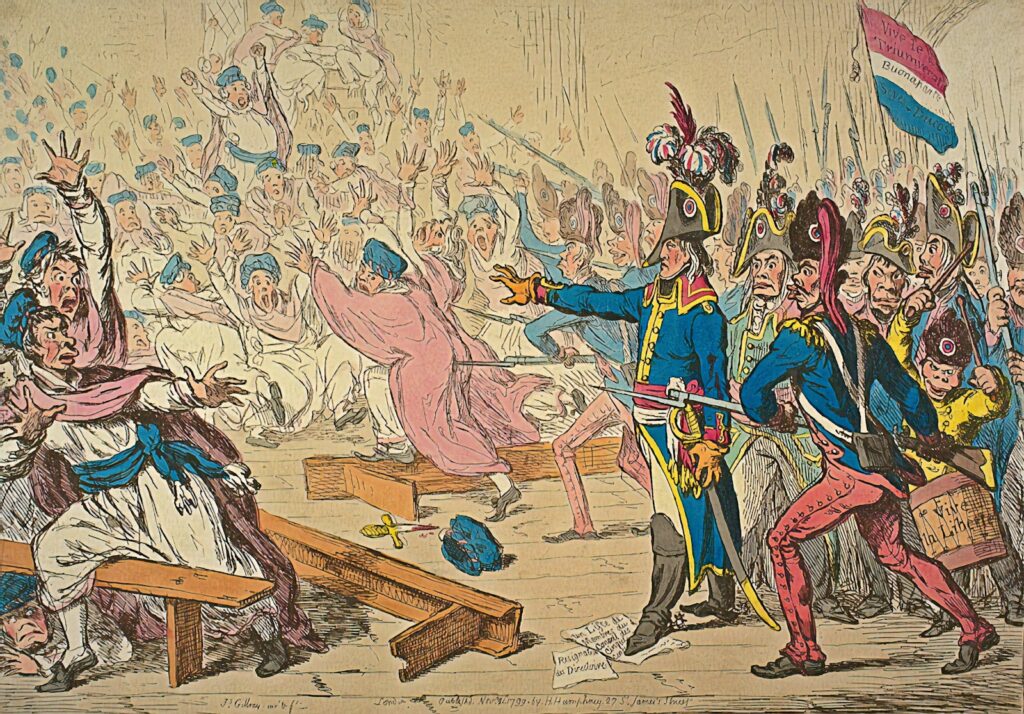
9. **The Duke of Wellington Heist**Sometimes, a heist isn’t about profit, but principle, or perhaps a daring stunt. Such was the case with Francisco Goya’s exquisite *Portrait of the Duke of Wellington*, a celebrated 19th-century painting and, remarkably, the only Goya portrait ever stolen. Its disappearance from the National Gallery in London on August 21, 1962, just 19 days after it went on display, left authorities utterly baffled.
The sheer audacity of the theft was extraordinary. How could anyone breach such a high-security system, evade electronic surveillance, and slip past five vigilant security guards without a trace? The crime was so perplexing and brazen that it even found its way into popular culture, notably being referenced in the James Bond film *Dr. No*, released in the same year, solidifying its place in cinematic lore.
For years, investigators grappled with what became known as the “Goya Affair,” with no solid leads or suspects emerging. Then, in 1965, the painting made an unexpected return. The culprit? An elderly, unemployed taxi driver named Kempton Bunton. Bunton confessed, claiming he used a builder’s ladder to enter the gallery while guards were asleep or distracted.
However, his story immediately raised eyebrows—how could a heavyset retiree manage such a feat with a framed painting and escape unnoticed? He later recanted, leading many to believe he was shielding a younger, more agile accomplice. To this day, the complete truth behind the Goya heist remains tantalizingly out of reach, a testament to its enduring mystery.
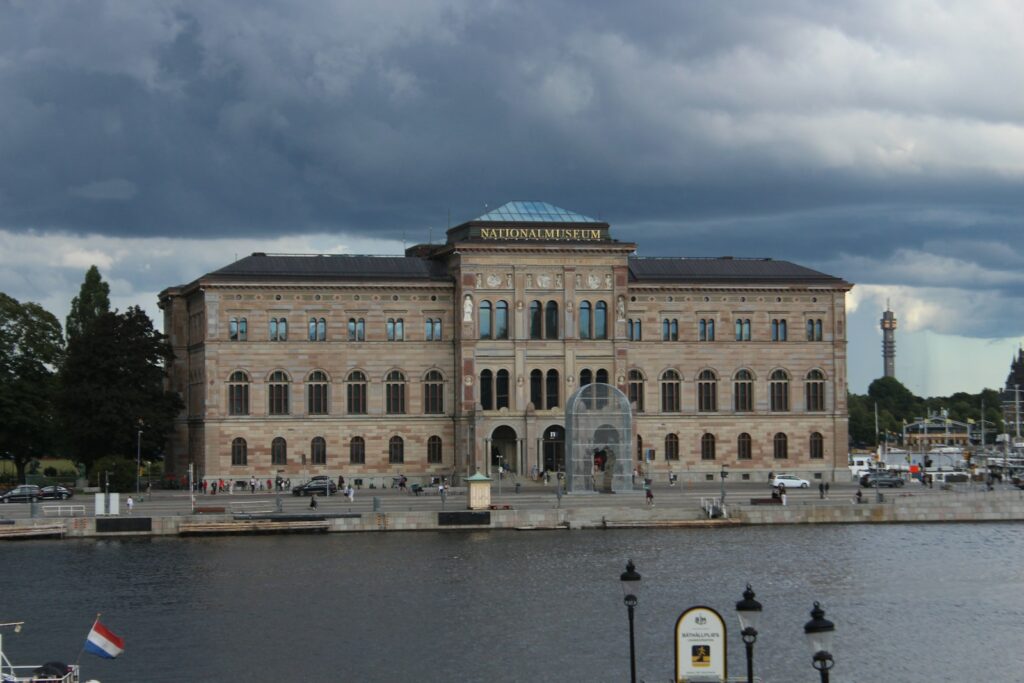
10. **Stockholm National Museum Heist (2000)**The dawn of the new millennium brought with it a jarring reminder of art’s vulnerability, courtesy of the Stockholm National Museum Heist in December 2000. This was no quiet, stealthy operation; it was a dramatic, almost cinematic, assault on culture. Armed thieves stormed the museum, brazenly firing machine guns to keep staff and visitors at bay, ensuring no one would interfere with their audacious plan.
Their targets were three irreplaceable masterpieces: Pierre-Auguste Renoir’s *A Young Parisian* and *Conversation with the Gardener*, alongside a poignant *Self-Portrait* by Rembrandt. To add to the chaos and create a diversion, the thieves also detonated car bombs strategically placed across the city. This calculated move successfully distracted the police and severely delayed their response, providing the crooks with ample time to vanish into the night.
The sophistication of this attack immediately suggested that it was far from the work of small-time criminals. The coordinated use of weaponry, urban diversions, and precise execution hinted at a much larger, well-organized criminal network, likely with deep ties to the underground art trade, where such valuable pieces could be used as collateral or sold to clandestine collectors.
While some suspects were eventually apprehended, and the paintings miraculously recovered—the Rembrandt *Self-Portrait* in Copenhagen, Renoir’s *Conversation* in Stockholm, and *A Young Parisian* in Los Angeles—the full story of the heist, including the identities of all key players and the ultimate purpose of the theft, remains shrouded in mystery, fueling speculation of wealthy commissioners or underworld collateral.

11. **The Dresden Green Vault Heist (2019)**In 2019, Germany bore witness to one of the most audacious and financially devastating heists of recent memory: the plunder of the historic Green Vault in the Royal Palace of Dresden. This was not just a theft; it was a meticulously planned professional assault on cultural heritage, targeting priceless diamonds and exquisite jewelry, including the legendary Dresden White Diamond.
A gang of five masked thieves had evidently scouted the location several times, learning its vulnerabilities with meticulous precision. Their entry was brutal and efficient: using a powerful hydraulic cutting machine, they sawed through the iron bars of a window, gaining access to the vault. Once inside, they wielded axes to smash open glass display cases, grabbing armfuls of royal jewels with chilling speed and determination.
Their escape was just as dramatic. The thieves fled in two getaway cars, which were later discovered ablaze, a desperate attempt to destroy forensic evidence and cover their tracks. This act not only complicated the investigation but underscored the ruthlessness of the criminals involved, valuing anonymity over the preservation of historical context.
While suspects, members of the notorious Remmo crime family, were eventually arrested and 31 objects from the staggering loot were recovered, the majority of the treasure, including that magnificent Dresden White Diamond, remains tragically missing. This heist serves as a stark, recent reminder that even in our modern era of advanced security, ancient treasures can still fall prey to cunning, well-organized criminal syndicates, leaving irreparable gaps in our shared history.
The enduring saga of art heists, from the ghostly silence of a vanished Caravaggio to the fiery escape from Dresden’s Green Vault, serves as a powerful testament to humanity’s complex relationship with beauty and value. These tales, far from being mere police reports, are gripping narratives of ambition, cunning, and sometimes, heartbreaking loss. They force us to confront the fragility of our cultural heritage and the relentless efforts required to protect it. While some masterpieces resurface against all odds, many remain lost to the shadows, fueling a collective fascination with what happens when priceless art falls into the wrong hands. It is a world where every missing brushstroke tells a story, and every recovered gem sparks a renewed hope. The drama continues, and the museums, ever-vigilant, adapt and evolve, forever battling against the audacious spirit of the art thief.


